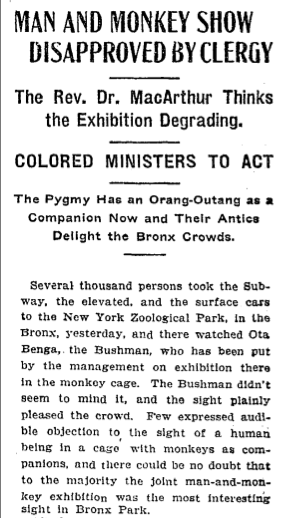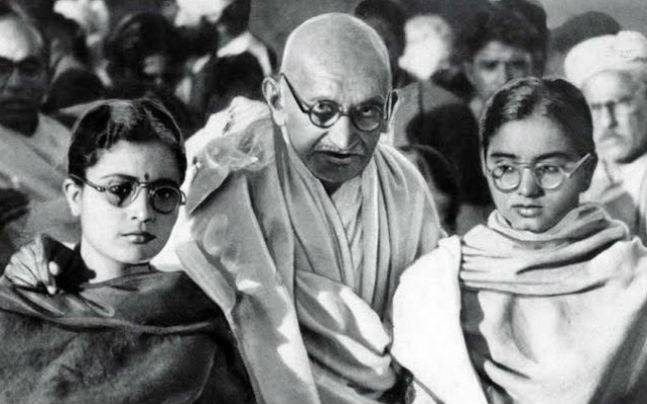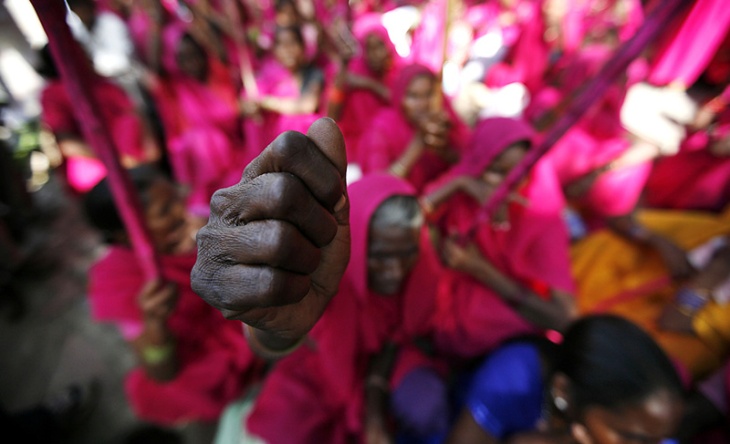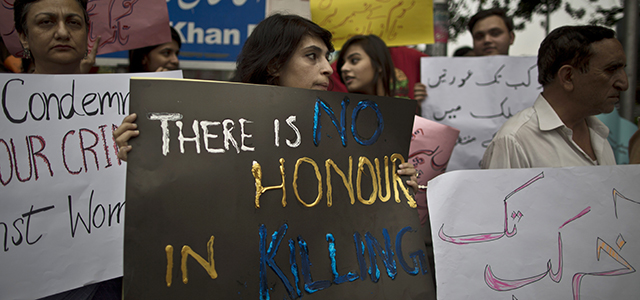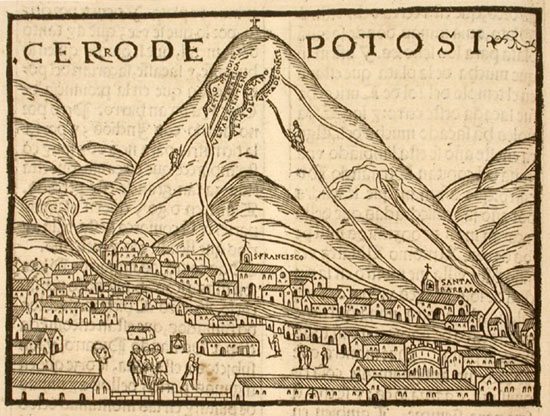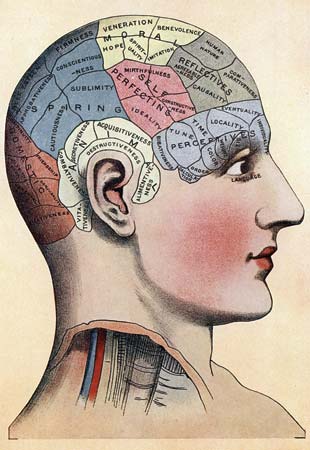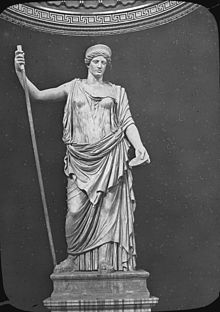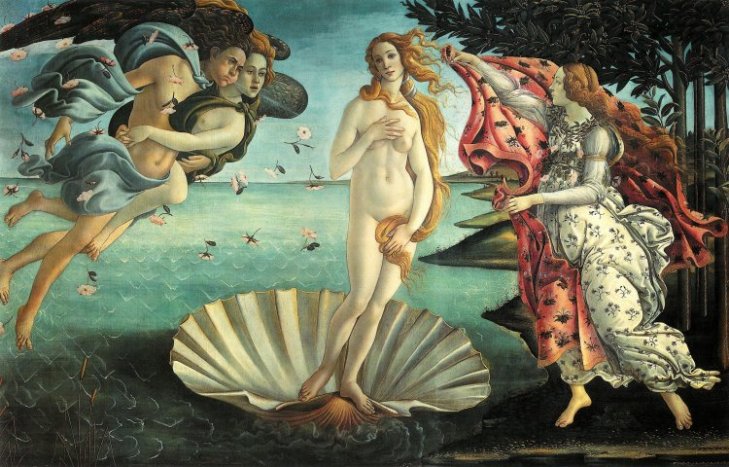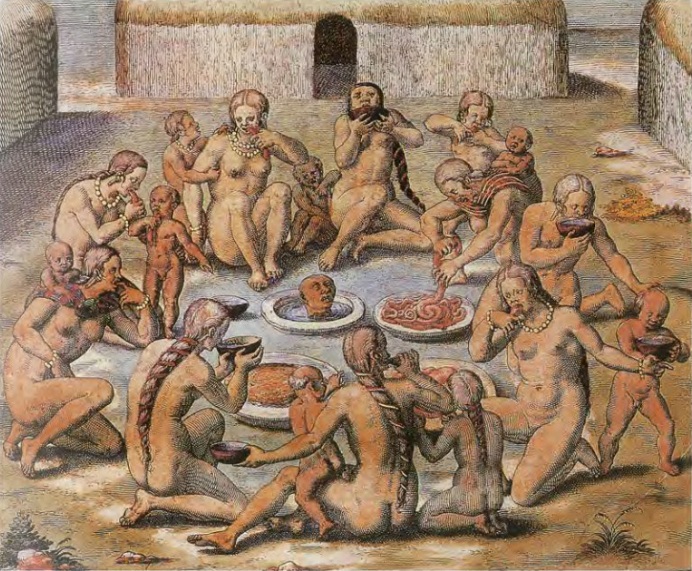During this past year in Humanities Core, themes of diaspora have consistently come up in the material, referring to the movement of people away from their homeland, oftentimes unwillingly. From Professor Sharon Block’s lecture on the forced African diaspora perpetuated by white European colonialists, to Professor Linda Vo’s discussion on the movement of Vietnamese and Cambodian refugees after the destruction of their homes by American violence, to the search for a place to settle found in works such as The Aeneid and The Tempest, the loss of one’s homeland and/or the desire for a new home has been a constant throughout the material presented in lecture. However, this brings up an important question, a question that I personally have been contemplating as of late: What defines a home? And what does it mean to leave home in search of a new one? As someone who experienced homelessness recently, I’ve been left to consider if my journey is about losing one home or finding another.
Consider The Aeneid or The Tempest. In The Aeneid, the future founders of Rome are attempting to migrate to the starting point of their empire, while in The Tempest, Prospero and his daughter flee their place of origin, eventually settling on a small island. Threats of violence forcing movement and the desire to lay claim to a place unite these two groups, as their exodus shares multiple similarities due to consistent perpetuation of destructiveness. It is important to note that in both cases, with Aeneas and with Prospero, the definition of home revolves around power, establishing a settlement through the displacement of others, continuing the violence that motivated their migration in the first place. Both pieces of literature delineate home through the institution of power and dominance. This continuation of violence separates these communities and their version of diaspora from that of the African and Vietnamese/Cambodian exoduses.
With the African and Vietnamese/Cambodian diasporas, there was little to no choice involved in their movement and in the establishment of home. Africans were kidnapped and taken to the Americas to be used as slaves; their bodies violently separated from the roots they had planted over hundreds of years. Since then they have been left to try to form a home in a country that forced their exodus from Africa, yet punished them for their presence in the United States. Nevertheless, communities formed in response to this violence, creating a home whose foundation rests on solidarity in the face of oppression. The Vietnamese and Cambodian refugees, in a similar fashion, entered America as a result of American brutality, leaving their homeland behind in a “mass exodus as the destitute ‘boat people’” (Lieu 3). In both cases, these groups created new communities based on their shared trauma, characterizing home around concepts of identity and refuge, rather than the dominance based definitions seen in The Aeneid and The Tempest.
From the ancient Romans to the Southeast Asians of the 1970s, Humanities Core provided a universal connection between these subjects through concepts of diaspora and homelands. Even now, the definition of home in the United States proves to be so much more complex than that quintessential American dream of a little house in the suburbs with a white picket fence. Home proves to be more than a structure of wood beams and dry wall. It is something outside of the realm of tangibility. Home, especially to those who are denied those physical structures, is the formation of community. Instead of concrete, its foundation lies in the decision not only to survive, but to thrive. To take the first step forward, whether or not by choice, in that beginning of one’s diaspora is a statement of strength. It is impossible to measure the trauma associated with being displaced from one’s home. However, a beautiful antithesis to this trauma presents itself in the sense of liberation experienced when you define and experience what you deem to be home.
Works Cited:
Lieu, Nhi T. The American Dream in Vietnamese. University of Minnesota Press, 2011.
Shakespeare, William. The Tempest. Signet Classics, 1998.
Virgil. The Aeneid. Translated by Robert Fagles, Penguin Books, 2006.



